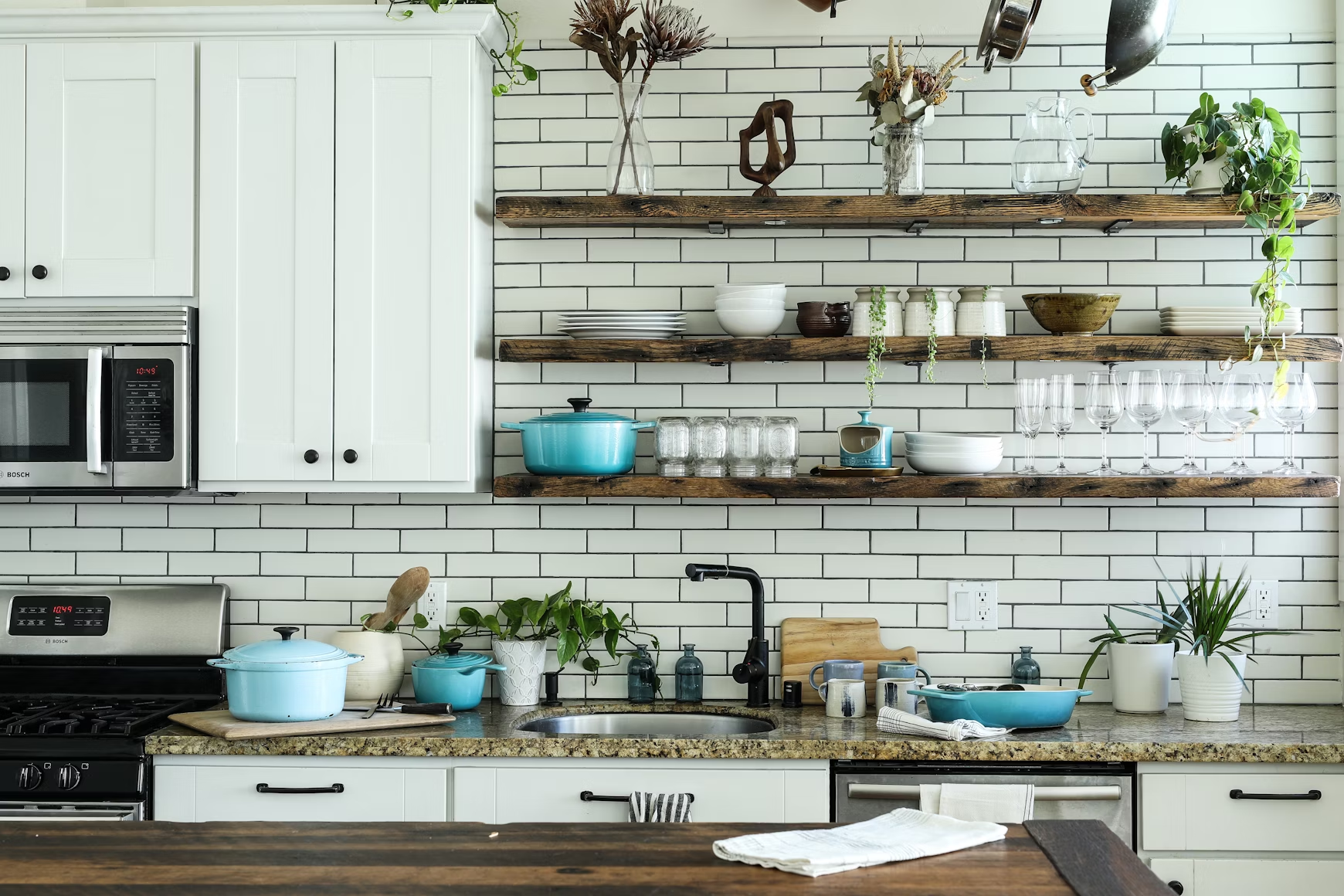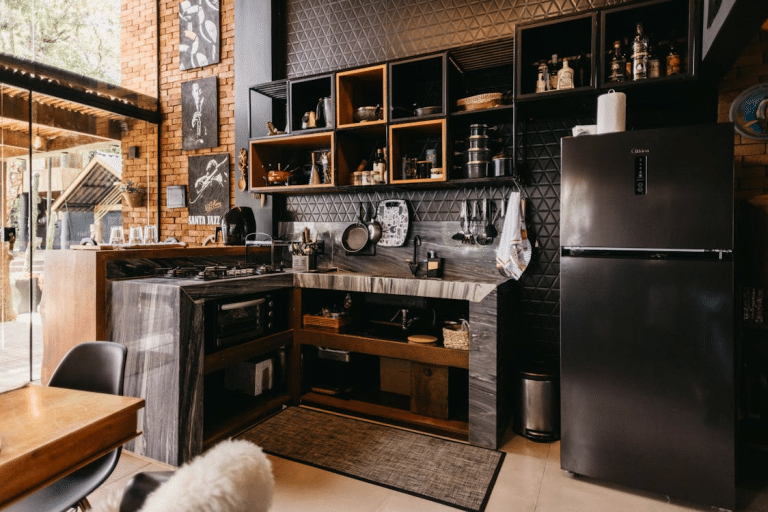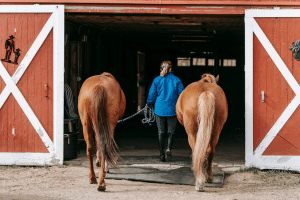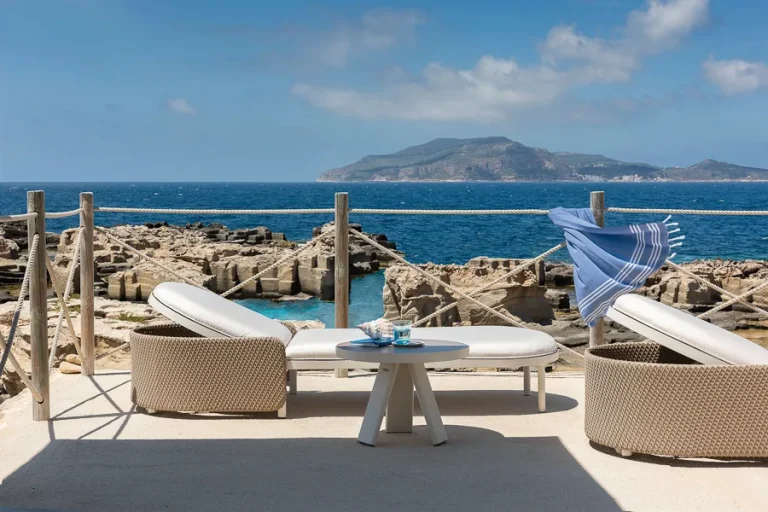Natural materials calm the mind. When your kitchen pulls from forests, rivers, and stone formations instead of trends invented in showrooms, the space feels grounded. You’re not chasing a look that expires in two years. You’re building around textures and colors that have existed for millennia.
A nature-inspired kitchen doesn’t mean rustic beams and log cabin vibes unless that’s your thing. It means choosing materials that age well, colors that shift with natural light, and finishes that feel honest under your hands. The result: a kitchen that works hard but never feels sterile.
Start With Materials That Have a Story
Countertops set the stage for everything else. Granite, soapstone, and quartzite carry mineral veins and color variation that synthetic surfaces try to mimic but never quite nail. Each slab is different, which means your kitchen has a fingerprint no one else shares.
Soapstone develops a patina over time. It darkens where hands touch most often, creating a lived-in quality that builds character instead of showing wear. Quartzite offers dramatic veining without the high maintenance of marble. Sealed properly, it handles spills and heat without complaint.
Wood countertops work beautifully on islands or as accent sections. Butcher block in walnut or maple adds warmth and doubles as a prep surface. Expect knife marks and minor dents, they’re part of the appeal. Oil it every few months and it stays protected for decades.
For backsplashes, natural stone tile in stacked or subway patterns brings texture without overwhelming the eye. Slate, travertine, or tumbled marble tiles have irregular surfaces that catch light differently throughout the day. That subtle movement keeps the space from feeling flat.
Cabinetry That Breathes
Solid wood cabinets in oak, cherry, or walnut bring the outdoors in more directly than any paint color. Grain patterns add organic motion to walls of storage. When you remodel your kitchen with these materials, you’re investing in surfaces that improve with age rather than deteriorate. Research shows wood in interior spaces measurably reduces stress levels and improves mood compared to plain surfaces, which explains why wood-heavy kitchens feel more inviting. Lighter tones work well too: maple or birch cabinets take stain beautifully and show off their natural figure.
Leaving wood unstained or using clear finishes lets the grain speak for itself. This approach works especially well in smaller kitchens where darker stains might close the space in. Natural wood also pairs cleanly with almost any countertop material you choose.
Open shelving made from reclaimed wood or live-edge slabs introduces another layer of natural texture. Floating shelves in rough-sawn lumber feel casual but intentional. They also force you to keep only what you use regularly, which clears visual clutter.
Hardware matters more than most people think. Brushed bronze, aged brass, or iron pulls and knobs echo the warmth of natural materials. Skip the polished chrome unless your goal is clinical precision. Matte finishes feel more organic and hide fingerprints better.
Color Palettes Borrowed From the Landscape
Nature-inspired kitchens pull color from specific environments. Coastal palettes use soft blues, sandy beiges, and weathered grays. Forest kitchens lean into deep greens, warm browns, and mossy accents. Desert schemes draw from terracotta, sage, and sun-bleached neutrals.
Start with a neutral base: warm whites, soft grays, or earthy tans on walls and larger surfaces. Then layer in accent colors through tile, paint on lower cabinets, or decorative elements. A deep olive-green island against light walls creates focal interest without fighting for attention.
Paint finishes matter too. Matte and eggshell sheens feel more natural than high-gloss surfaces. They soften light instead of bouncing it around, which keeps the space calm. Glossy finishes have their place on trim or small accent areas, but walls and cabinets benefit from lower sheen.
Natural light changes throughout the day, and a color that looks perfect at noon might feel off at 6 p.m. Live with samples for a week to see how they perform in morning sun and evening incandescent light. Like items on a seasonal home prep checklist, certain kitchen tasks benefit from timing: paint in spring or fall when you can open windows for ventilation, and natural light helps you see true colors.

Photo by Odiseo Castrejon on Unsplash
Flooring That Grounds the Space
Hardwood floors are the obvious choice and for good reason. Oak, hickory, and maple planks in wide widths feel substantial underfoot. Hand-scraped or wire-brushed finishes add texture that hides minor scratches and dents, which matters in a high-traffic kitchen.
Natural stone tile works beautifully in kitchens that see heavy use. Slate, limestone, and sandstone handle spills and foot traffic without showing wear. These materials stay cool in summer and warm up with radiant heat in winter. Grout lines add subtle pattern that breaks up large floor areas.
Cork flooring surprises people who haven’t seen it installed well. It’s soft underfoot, naturally antimicrobial, and comes from renewable bark harvests that don’t harm trees. The warm honey tones complement wood cabinetry and bring unexpected texture to the floor plane. The same principle that makes mess-free desk plants work in small spaces applies here: choose materials that resist showing every footprint or spill, keeping maintenance realistic for daily life.
Lighting That Mimics Natural Patterns
Task lighting matters in kitchens, but layering light sources creates depth. Pendant lights over islands work best in natural materials: woven rattan, wood beads, or ceramic shades in earthy glazes. These fixtures cast interesting shadows and feel handmade even when they’re not.
Under-cabinet lighting keeps counters functional after dark, but choosing warm color temperatures (2700-3000K) makes the space feel inviting instead of institutional. Cool white bulbs flatten everything and make food look unappetizing. Warm light enhances wood tones and makes natural stone glow.
Skylights or larger windows flood the space with daylight and reduce reliance on artificial sources. When that’s not possible, consider light tubes or sun tunnels that channel natural light from the roof into interior spaces. Even a small injection of real sunlight changes how the kitchen feels throughout the day.
Small Touches That Complete the Vision
Live plants on open shelves or windowsills bring literal nature indoors. Incorporating these natural elements, often called biophilic design, has been linked to productivity increases of over 15% along with improvements in creativity and overall well-being. Pothos vines, herbs in terra-cotta pots, or a small snake plant add green without demanding constant attention. Choose plants suited to your kitchen’s light levels, not aspirational varieties that will struggle.
Woven baskets for storage, wooden cutting boards displayed on the counter, and ceramic dishes in natural glazes reinforce the nature connection without adding clutter. Each element should earn its place by being both useful and visually honest.
Wrapping Up
You’ll know your nature-inspired kitchen works when you stop noticing individual elements and start feeling the cumulative effect: calm, grounded, and built to last beyond the next design cycle.













